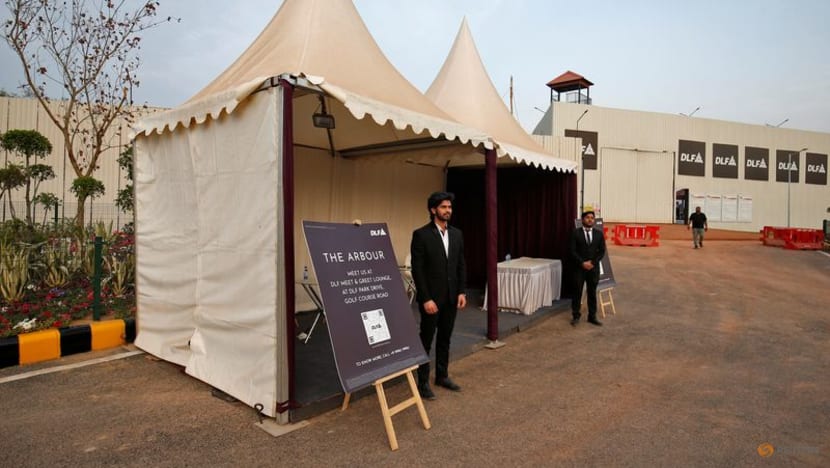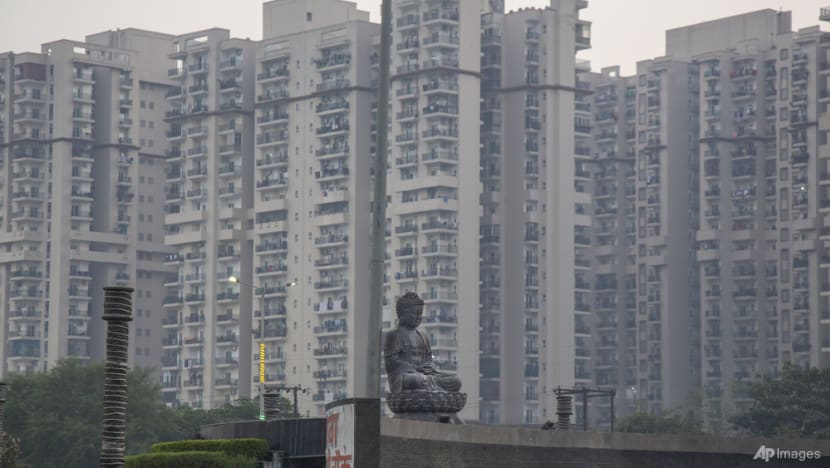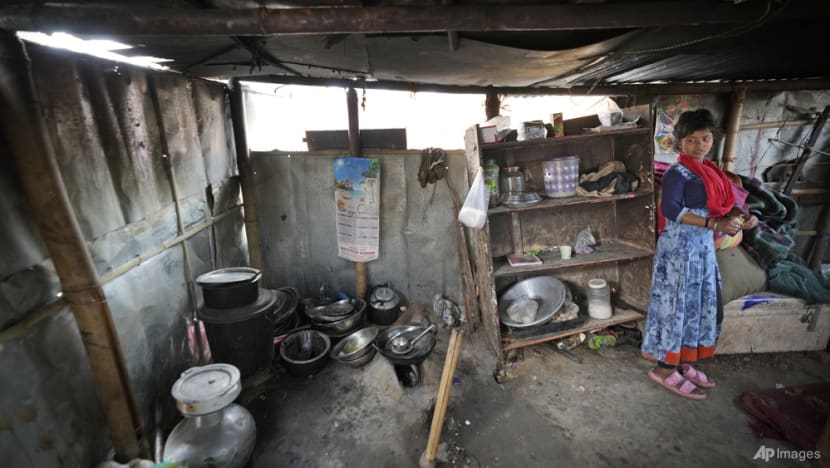India’s rich millennials driving luxury real estate boom in search for investment opportunities, bigger liveable spaces
With an estimated combined spending power of over US$330 billion, India’s millennials, who form 36 per cent of the population, accounted for 54 per cent of homebuyers in 2023.


This audio is generated by an AI tool.
NEW DELHI: Young affluent Indians are driving the remarkable growth of the country’s residential real estate sector.
With an estimated combined spending power of over US$330 billion, India’s millennials, who form 36 per cent of the population, accounted for 54 per cent of homebuyers last year.
With rising disposable income, more in the segment are seeking bigger homes and investing especially in high-end housing units, hoping for bigger returns.
Luxury housing sales in India’s top seven cities jumped five-fold from 2018 to 2023, according to market statistics.
For units priced over US$4.8 million – typically coming with a swimming pool, an open gym, a luscious garden and parking lots for at least 15 cars – sales surged by 247 per cent in the first nine months of 2023.
The exponential increase in high-end housing demand is also partly due to rich Indians looking for bigger liveable spaces after the COVID-19 pandemic, industry watchers told CNA.
HIGH-END HOUSING DEMAND
One young Indian who got in on the real estate fever is entrepreneur, investor and start-up consultant Ankit Mittal, 35.
Originally from a small town, Mr Mittal recently purchased a premium luxury residential apartment in Gurugram, a 40-minute drive from New Delhi.
He had paid more than US$300,000 back in 2021 for the four-bedroom apartment on the 33rd floor of a high-end apartment complex.
The property is now worth about twice the price he bought it for, he told CNA.
“We wanted to invest in a property where we were almost sure of not losing money. That’s what made things a little difficult, because what you find in the market, either they are very good investment opportunities or they are very good for living. And we wanted to find a balance between both,” said Mr Mittal.

Mr Prashant Thakur, senior director of Anarock Property Consultants, told CNA that there has been a “great resurgence” in the entire residential real estate market after the pandemic, and notably in the luxury and ultra luxury segments.
“The top and foremost reason is that a lot of people realised the importance of a house, typically a physical asset. There were a lot of upgrades happening. People upgraded from a smaller house to a bigger house,” he told CNA.
“And people were sitting on good money. During the pandemic, the stock market did well, so the savvy investors moved their money from the stock market to the physical market.”
ASPIRATIONAL PROOFS OF SUCCESS
For young Indians with new wealth, home ownership is something they aspire towards and is seen as proof of success.
According to a recent survey by global commercial real estate firm CBRE, 44 per cent of millennials polled in India said they plan to use their earnings to invest in a home within the next two years.
This is a big change from previous generations, which usually invested in stocks or gold, said observers.
“They have made a lot of money in stocks (and) in selling their companies and start-ups. Those are the people that are investing because they have always had a dream to own a beautiful house one day when they make it big and that is the driving force for them to buy a luxury property,” high-end residential property broker Ishan Sarsa told CNA.
As the younger buyers drive up demand, sellers are in turn holding onto the properties to demand higher prices, he explained.
“The young buyers are willing to pay the premium and get what they desire. So sellers prefer younger buyers as well,” said Mr Sarsa.
INDIA’S INCOME INEQUALITY
The rise of luxury housing, however, is creating little pockets of affluence in major cities which are areas most Indians can never afford to live in.
In Mr Mittal’s luxury residential complex, for instance, the average annual rent is close to US$10,000, which is almost 10 times of India’s per capita income.

The average annual income in India is just under US$1,200, according to government data.
Industry watchers told CNA that despite high-end housing growing, the real estate market in India is still steered by affordable housing for lower income groups, given India’s income inequality.
The current market share of affordable homes stands far below the 54 per cent recorded in 2018, said observers.
As India continues to witness the housing market catering to its wealthier segments, it also has to grapple with the lack of homes for its poor, which is a huge challenge for the government moving forward.














